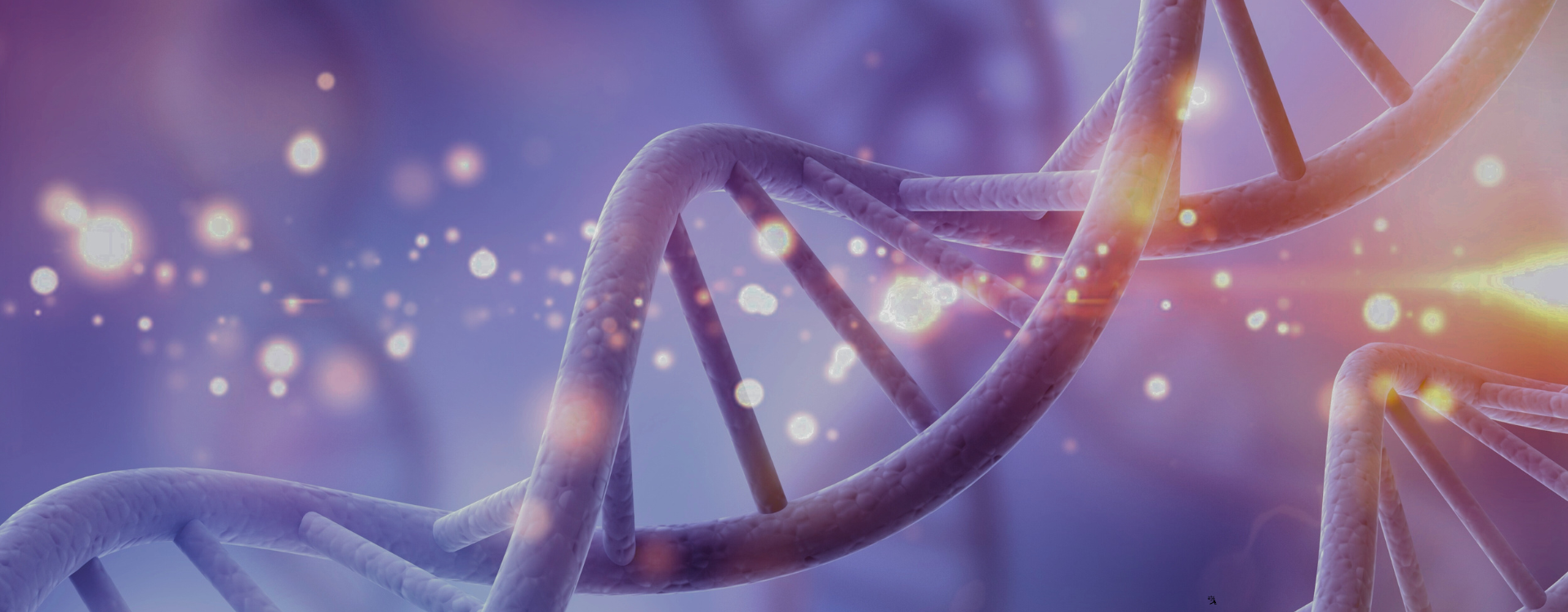Background
On January 29, 2025, the U.S. Copyright Office (the Copyright Office) published Part 2 of a three-part report on artificial intelligence (AI) and copyright issues in connection with AI’s usage. Part 2 of the report (the Copyrightability Report) centers on the Copyright Office’s overall skepticism toward the copyrightability of outputs of generative-AI products (Generative AI) for lack of sufficient human expressive control.
For works to be “copyrightable,” i.e., eligible for copyright law protection, they must be “original works of authorship.” 17 U.S.C. § 102. Courts have interpreted the concept of “authorship” to have certain requirements, including that an author must be human1 (i.e., AI itself cannot be an author) and that the author must be involved to a sufficient degree in the execution of a work’s expressive elements (providing ideas alone cannot qualify as authorship2).
Over the past 18 months, the Copyright Office has solicited, and received, tens of thousands of comments and questions from a broad range of perspectives regarding whether users of Generative AI can properly claim to be authors of the outputs of Generative AI. The Copyrightability Report addresses these questions by discussing certain Generative AI use cases and the implications of those uses on the copyrightability of creative works.
Here are three key takeaways from the Copyrightability Report:
- Using Generative AI for ideation or to brainstorm does not on its own impact the copyrightability of a final creative work. The Copyright Office addressed ideation and brainstorming as part of a larger discussion distinguishing the use of Generative AI as a “stand-in for human creativity” (not authorship) from uses that merely assist or enhance human expression (could be authorship). It observed that, to the extent a user does not incorporate but rather references Generative AI output for inspiration in the creation of a final work, the use of Generative AI should not affect the person’s copyright in the final work. Separately, the Copyright Office writes, “[T]he inclusion of elements of AI-generated content in a larger human-authored work does not affect the copyrightability of the larger human-authored work as a whole,” regarding the inclusion of outputs from Generative AI in a larger, human-controlled work. Thus, if certain aspects of a work were generated by AI (e.g., a cloud in an otherwise human-created digital painting of a landscape), even if those individual aspects are not copyrightable, assuming other requirements for copyrightability are met, the author may claim a copyright in the work as a whole.
- The critical question in the copyrightability of outputs is whether Generative AI is merely used to assist in fulfilling an author’s expression, or whether the Generative AI makes the expressive choices embodied in the final work itself. The Copyright Office structured the Copyrightability Report around three major topics implicating authorship: prompts (discussed below), inputting creative works into Generative AI, and modifying or rearranging Generative AI outputs. Throughout its analysis, the Copyright Office reiterates that determining authorship is not a black and white inquiry; rather, one must assess the nature of the purported author’s use of the Generative AI. Where the AI performs actions that control creative expression in a work, the user is less likely to succeed in claiming authorship. For example, the Copyright Office, quoting the Third Circuit, suggests that when Generative AI is used merely for “rote or mechanical transcription [of the user’s idea] that does not require intellectual modification or highly technical enhancement,” it does not control creative decision-making and therefore does not defeat the user’s claim to authorship.
- Inputting prompts into Generative AI cannot alone support a user’s copyright in the output. Building on the takeaway above, the Copyright Office concludes that inputting prompts into Generative AI does not constitute a sufficient degree of control over the creative process to establish the user’s copyright in a resulting output. The Copyright Office equates providing prompts to Generative AI with providing “ideas,” which are per se unprotectable under U.S. copyright law (as opposed to the way ideas are expressed in creative works). Moreover, the Copyright Office points to Generative AI’s typical incorporation of elements of randomness, such that even if the same prompt is entered more than once into a given model, different outputs can result, as further evidence that a user relying on prompts alone cannot sufficiently control the creative process to claim a copyright in the output.
For the third installment of its AI report, the Copyright Office has stated that it will address legal implications of training Generative AI models on copyrighted works. Those with additional questions about the legal concepts addressed in the Copyrightability Report may contact us at mkesslen@lowenstein.com, bsterba@lowenstein.com, and crippe@lowenstein.com.
1 See, e.g., Urantia Found. v. Kristen Maaherra, 114 F.3d 955 (9th Cir. 1997) (holding that text “authored by non-human spiritual beings” is not copyrightable); Naruto v. Slater, No. 15-cv-04324, 2016 U.S. Dist. LEXIS 11041 (N.D. Cal. Jan. 28, 2016 ), aff’d, 888 F.3d 418 (9th Cir. 2018) (affirming that “[Monkey] is not an ‘author’ within the meaning of the Copyright Act”).
2 Feist Publ’ns, Inc. v. Rural Tel. Serv. Co., 499 U.S. 340, 344-45 (1991) (explaining that “[t]he most
fundamental axiom of copyright law is that ‘no author may copyright his ideas or the facts he narrates’” (quoting Harper & Row, Publishers, Inc. v. Nation Enters., 471 U.S. 539, 556 (1985))).










